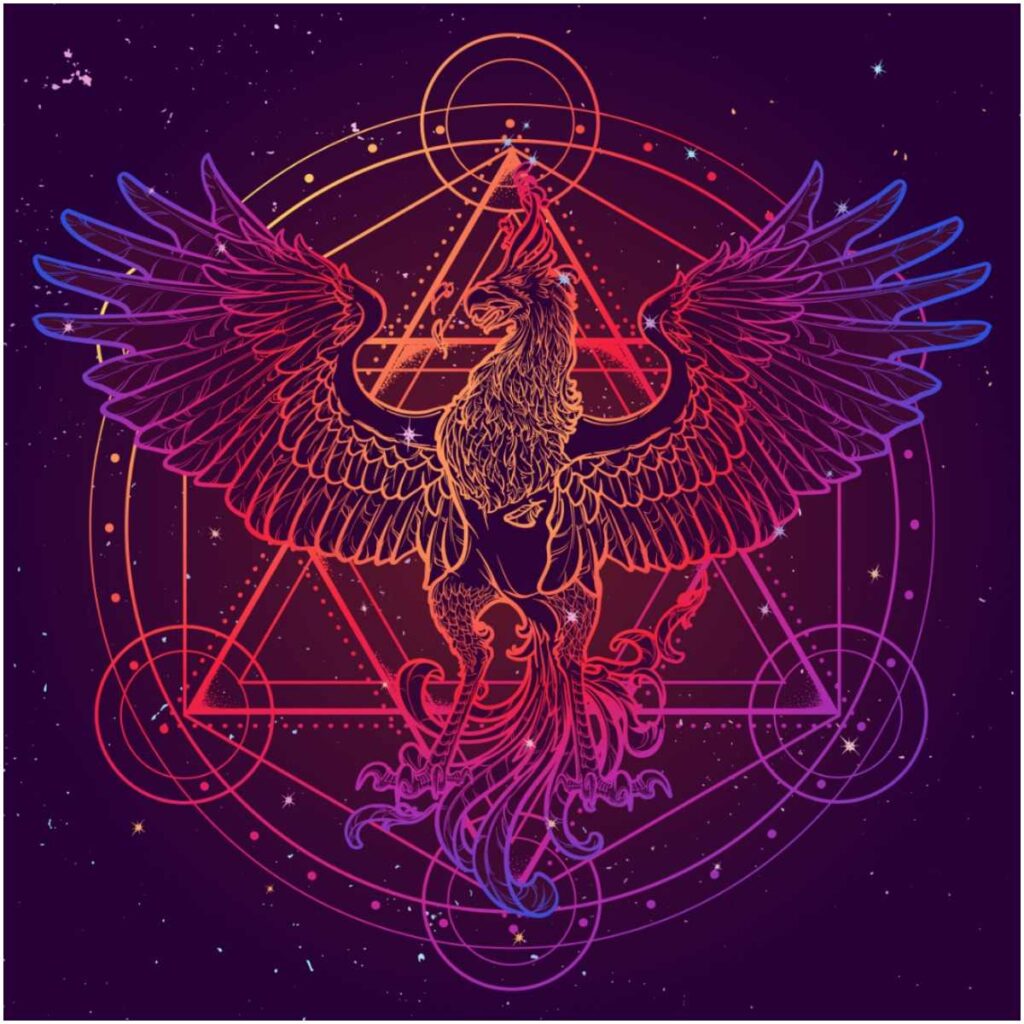

Dr Rajendra Prasad had infused much needed inspiration. To strengthen the resettlement efforts of the Bhawalpuris and other displaced people, the then ‘Patiala and East Punjab States Union (PEPSU)’ state (which was later on dissolved to form the state of Punjab) enacted Pepsu Townships Development Board Act of 1954 constituting PEPSU Townships Development Board thus paving the way for the development of the townships in a organised way.

The elders and the middle-aged still connect through the language that they brought along when they migrated as refugees and settled down in what is known as Rajpura town today. Little conversation with the locals and the first thing you are likely to notice that majority population here is a Bhawalpuri. With characteristic hustles and bustles of shops and bazaars, the township is remarkable for the way it came into being and the economic prosperity it has achieved in the last five decades.

If you travel some 200 km from Delhi towards Amristsar by train or bus, you reach Rajpura soon after crossing the cantonment town of Ambala. One such community is Bhawalpuris of Rajpura which derive its name from Bhahawalpur of present Pakistan. Apparently, the movement of refugees had a community character meaning people from a village or region crossed the newly demarcated Radcliffe Line together in groups and re-settled wherever they went as a community as if they just changed the physical location and continued with their lives as the same social groups speaking the same language and sharing same culture and ethos. The tragic partition of 1947 and creation of West Pakistan meant Hindus and Sikhs of that region had to move out to India leaving hearth and livelihood behind. Out of the ashes seeking rather than vengeance

Some scholars have claimed that the poem De ave phoenice may present the mythological phoenix motif as a symbol of Christ's resurrection.If you travel some 200 km from Delhi towards Amristsar by train or bus, you reach Rajpura soon after crossing the cantonment town of Ambala. Over time, extending beyond its origins, the phoenix could variously "symbolize renewal in general as well as the sun, time, the Empire, metempsychosis, consecration, resurrection, life in the heavenly Paradise, Christ, Mary, virginity, the exceptional man, and certain aspects of Christian life". Over time the phoenix motif spread and gained a variety of new associations Herodotus, Lucan, Pliny the Elder, Pope Clement I, Lactantius, Ovid, and Isidore of Seville are among those who have contributed to the retelling and transmission of the phoenix motif. The origin of the phoenix has been attributed to Ancient Egypt by Herodotus and later 19th-century scholars, but other scholars think the Egyptian texts may have been influenced by classical folklore. Greek mythology, Egyptian mythology and Persian mythologyĪncient Greece, Ancient Egypt and Ancient PersiaĬlose ▲ A depiction of a phoenix by Friedrich Justin Bertuch (1806) The phoenix, "unica semper avis" (ever-singular bird), 1583


 0 kommentar(er)
0 kommentar(er)
